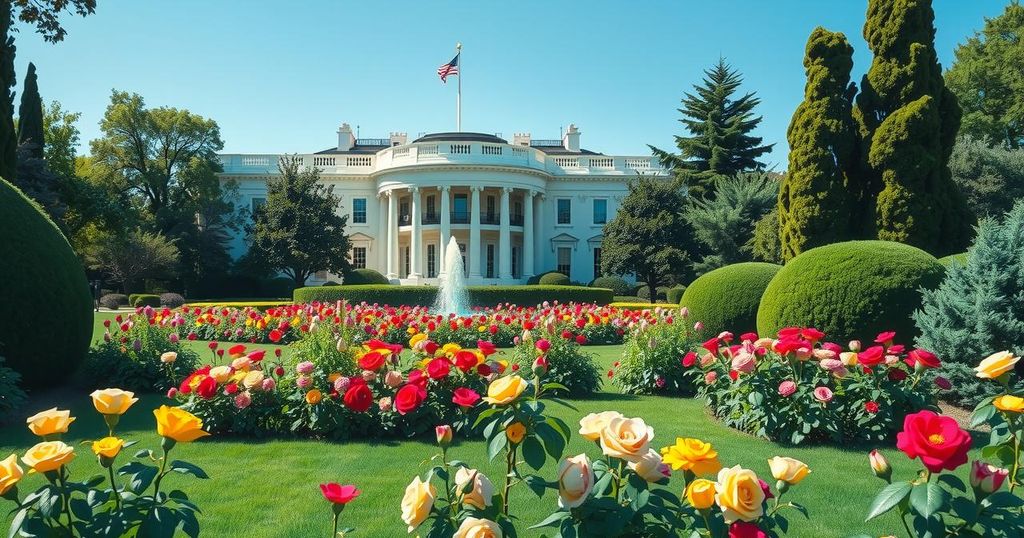Election administrators report ongoing challenges as responsibilities evolve, necessitating skills in IT, cybersecurity, and physical security. Following the proactive measures taken for the 2024 election, concerns persist regarding postal service inefficiencies and evolving misinformation tactics. Continued public involvement and transparent processes are essential for ensuring electoral integrity moving forward.
Election administration continues to encounter significant challenges, as noted by experts in the field. The role of election officials has evolved dramatically over the last 25 years, adapting to various demands including information technology management, cybersecurity, communication, and physical security expertise following critical events in recent elections. Amy Cohen of the National Association of State Election Directors emphasized this transformation, stating, “After 2000, we had to be IT managers; then after 2016, everybody had to be a cybersecurity expert.”
During a recent panel discussion, administrators projected the 2024 presidential election as a relative success, despite the complexities of recent election cycles. Santa Fe County Clerk Katharine Clark attributed this success to proactive preparations and increased community engagement. “We saw a lot of over-preparedness in this election,” she remarked, highlighting an unprecedented number of election workers volunteering due to increased public awareness.
Brianna Schletz from the U.S. Election Assistance Commission remarked on the importance of voter education and transparency, reiterating public interest in understanding election processes. This commitment to clarity is essential for reducing misinformation and alleviating public concerns. Cait Conley from the Cybersecurity and Infrastructure Security Agency (CISA) mentioned that interagency cooperation significantly improved security against a complex risk landscape in the electoral process.
Despite this success, Cohen expressed ongoing concerns about the U.S. Postal Service, noting issues with ballot delivery and inconsistent training could hinder voter participation. Clark raised additional concerns regarding polling place accessibility, as safety apprehensions lead schools to decline their use as election venues. However, she noted that churches have become increasingly compliant with accessibility standards.
Conley foresaw challenges from misinformation driven by artificial intelligence in future elections, emphasizing the need for heightened vigilance. While recent election cycles witnessed lesser occurrences of this threat, the sophistication of bad actors is expected to rise. She cautioned against complacency, maintaining that digital threats could also correlate with physical security risks, necessitating robust protective measures.
The article discusses the evolving landscape of election administration in the United States, emphasizing the increased responsibilities and expertise required from election officials in response to past electoral challenges, particularly following pivotal years such as 2000, 2016, and 2020. It highlights the collaborative efforts among election officials to prepare for the 2024 presidential election while addressing ongoing concerns about voter accessibility, misinformation, and cybersecurity threats. The content is discussed within the context of a panel discussion involving various election administration experts.
In summary, election administration faces persistent challenges that demand continuous adaptation and proactive measures. The 2024 presidential election demonstrated a commitment to preparation and community involvement, yet also highlighted ongoing vulnerabilities. As the landscape of cyber threats evolves, election officials must maintain vigilance in safeguarding electoral processes while ensuring public confidence in the democratic system.
Original Source: www.naco.org




